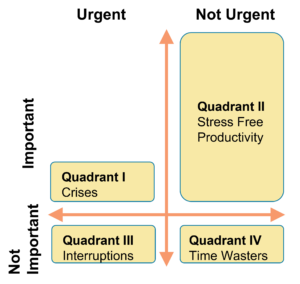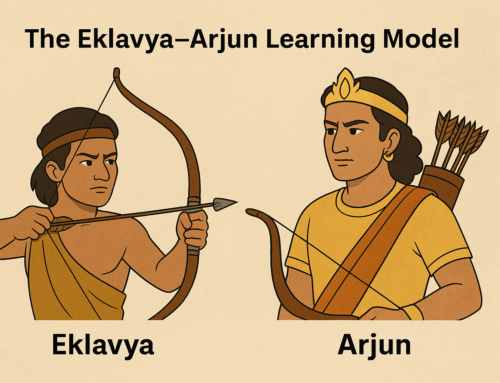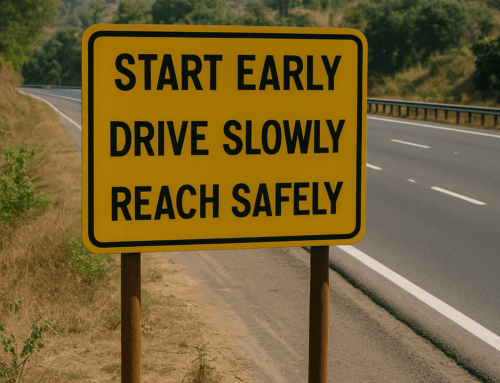The Eisenhower Matrix is an incredibly popular topic on LinkedIn, as evidenced by the numerous search results it generates. Check this 99th page of the search results on LinkedIn, if you don’t believe it.
However, many people still view it with awe, without fully realizing its potential. Before delving into the lessons to be learned from the matrix, let’s briefly recap its structure:
Similar to other matrices, the Eisenhower Matrix consists of two axes that represent distinct task characteristics: Urgency and Importance. The vertical axis comprises two values, Important and Not Important, while the horizontal axis encompasses Urgent and Not Urgent. These combinations result in four quadrants:

Quadrant I: Important and urgent tasks, like, crises management
Quadrant II: Important, but not urgent tasks, like preventive measures
Quadrant III: Urgent, but not important tasks, like interruptions
Quadrant IV: The tasks that are neither urgent nor important, like entertainment
In my experience, I have encountered individuals who struggle to grasp the concept that certain tasks can be important without being urgent. Unfortunately, our work environment has fostered a mindset where we tend to equate importance with urgency!
Most of the writeups, not just on LinkedIn but on the whole internet, give readers very clear advice on each quadrant:
Quadrant I: Important and urgent tasks – Do it first
Quadrant II: Important, but not urgent tasks – Schedule it
Quadrant III: Urgent, but not important tasks – Delegate it
Quadrant IV: The tasks that are neither urgent nor important – Delete it
There is nothing wrong with this advice on the face of it, but as I said before, it’s a gross underuse of this great tool.
Time to learn the right lessons!
Quadrant III and Quadrant IV are about “Not important” tasks, however, in the real world, you cannot eliminate them totally from your life. What best one could do is to minimize the tasks in those quadrants to nearly zero.

Interestingly, one should do exactly the same with the tasks that are from quadrant I, i.e., minimize them to nearly zero.
Quadrant I tasks can be particularly challenging as they tend to induce stress and pressure. It is worth noting an interesting fact: every task that falls into Quadrant I was once a Quadrant II task, which became urgent due to delayed action.
Tasks that end up in Quadrant I typically consume more time than if they were addressed in Quadrant II. For instance, experiencing a flat tire on a busy day can significantly disrupt your plans, whereas developing a habit of regular air pressure checks could have prevented this urgent situation. Furthermore, the quality of outputs from Quadrant I tasks tends to be inferior compared to if they were addressed earlier in Quadrant II. Engaging in Quadrant I tasks often sets off a detrimental cycle of continuously tackling urgent matters. It becomes akin to playing a game of whack-a-mole, where the delayed response to one issue leads to a pile-up of other pressing tasks.
The solution lies in proactively identifying and addressing tasks when they emerge in Quadrant II, preventing their escalation into Quadrant I. Although easier said than done, two key ideas can simplify this process:
- Perform a work breakdown of tasks in Quadrant II and start working on subtasks whenever possible. This approach allows for gradual progress and prevents tasks from reaching a critical state.
- Maintain a comprehensive to-do list that includes all your tasks, including Quadrant II tasks. This list serves as a valuable resource, enabling you to identify opportune time slots to prioritize Quadrant II activities.
Fortunately, as you devote more time and effort to Quadrant II tasks, you can establish a virtuous cycle where you consistently focus on important but non-urgent activities. This proactive approach prevents tasks from becoming urgent and enhances overall productivity and satisfaction.
There lies the secret of stress-free productivity!
Subscribe to my newsletter, to get tips like this and more, directly in your inbox!
(Originally published in Times of India on Nov 05, 2022)






